Hey there, combination skin warrior! Balance is the key to taming your skin. You’re probably no stranger to oiliness in some areas and dryness in others. Don’t worry, you’re not alone! With the right skincare routine, you can conquer your combination skin and achieve a flawless complexion. You’ll learn how to nourish and protect your skin, without irritating it, and find the perfect balance for your unique skin type. Get ready to glow!
Table of Contents
Key Takeaways: Steps For A Skincare Routine For Combination Skin Types
To establish an effective skincare routine for combination skin types, consider the following points:
- Identify your skin concerns, such as acne, dryness, or oiliness, to tailor your routine accordingly.
- Use a gentle cleanser that effectively removes dirt and impurities without stripping the skin of its natural oils.
- Apply a toner to help balance your skin’s pH levels and prepare it for further products.
- Exfoliate regularly using a chemical exfoliant or a physical exfoliant to remove dead skin cells and unclog pores.
- Use a lightweight moisturizer that won’t clog pores, but still provides hydration to dry areas of the skin.
- Apply a spot treatment to target specific skin issues, such as acne or hyperpigmentation, as needed.
- Be consistent with your skincare routine and monitor your skin to make adjustments as needed to achieve a healthy and balanced skin barrier.
Understanding Combination Skin Types
While navigating the world of skincare, you’ll often come across the term combination skin, but what does it really mean? To break it down, combination skin is a skin type that combines both oily and dry skin characteristics. You may be wondering how to identify if you have combination skin, and the key is to look for areas of your face that are oilier than others, such as the T-zone (forehead, nose, and chin). Here are some characteristics of combination skin:
- Oily T-zone
- Dry cheeks
- Large pores in the T-zone
- Blackheads and whiteheads
- Sensitive skin
Any skincare routine you choose should take into account your unique skin concerns.
With the right understanding of your skin type, you can begin to tackle your skin concerns. The following table breaks down the characteristics of combination skin:
| Skin Characteristic | Description |
|---|---|
| T-zone | Oily area of the forehead, nose, and chin |
| Cheeks | Dry and sensitive area |
| Pores | Large pores in the T-zone, prone to blackheads and whiteheads |
| Skin concerns | Acne, hyper-pigmentation, and fine lines |
| Skincare goals | Balancing oil control and hydration |

What is combination skin?
With the knowledge that you have combination skin, you can start to understand what that means for your skincare routine. Combination skin is a skin type that has multiple characteristics, making it challenging to find the right products. You may experience oiliness in some areas and dryness in others, which can be frustrating when trying to find a balance.
Identifying your skin type
What makes your skin unique is the combination of oily and dry areas. You may have noticeable blackheads and whiteheads in the T-zone, while your cheeks are dry and sensitive. Identifying your skin type is the first step in creating a personalized skincare routine that addresses your specific skin concerns.
Skin that is properly cared for will glow with health and vitality, but neglecting your skin can lead to negative consequences, such as premature aging and skin damage. By understanding your combination skin and taking the right steps to care for it, you can achieve a balanced and healthy complexion.
Preparing for a Skincare Routine
You are about to initiate on a journey to achieve the perfect balance for your combination skin, and it’s exciting! To start, you need to understand that combination skin requires a bit more effort, as it combines oily and dry skin characteristics. Your skin can be oily in some areas, like the T-zone, and dry in others, making it challenging to find the right products. Patience and consistency are key when it comes to finding the right skincare routine for your combination skin.
You will need to pay attention to the products you use and how your skin reacts to them. Observation is key, and you should take note of any changes, whether positive or negative, to adjust your routine accordingly. Understanding your skin’s needs and being gentle with it will help you achieve a healthy and balanced complexion.

Essential products for combination skin
To tackle combination skin, you’ll need to find products that cater to both oily and dry areas. Typically, you’ll want to look for products that are oil-free, non-comedogenic, and hydrating. You may also want to consider products with salicylic acid or glycolic acid to help control oil production and exfoliate your skin. Finding the right products will take some trial and error, but with a little perseverance, you’ll find what works best for your skin.
Typically, your skincare routine should include a gentle cleanser, a toner, and a moisturizer that suits your skin type. You may also want to consider adding a spot treatment for areas that are particularly oily or dry. The key is to find a balance between controlling oil production and hydrating your skin, without using products that are too harsh or irritating.
Lifestyle factors to consider
Clearly, your lifestyle plays a significant role in the health and appearance of your skin. To achieve a healthy complexion, you should consider the following factors:
- Diet: eating a balanced diet rich in fruits, vegetables, and whole grains
- Hydration: drinking plenty of water to keep your skin hydrated
- Exercise: regular physical activity to improve blood flow and detoxification
- Stress: managing stress levels to prevent inflammation and skin irritation
Thou should always prioritize self-care and make healthy choices to support your skin’s overall health.
The most important aspect of lifestyle factors is finding a balance that works for you. The key is to be consistent and make healthy choices that promote well-being. You should consider the following factors:
- Sleep: getting enough rest to help your skin regenerate
- Smoking: avoiding smoking and second-hand smoke to prevent premature aging
- Protection: using sunscreen and protective measures to prevent UV damage
Thou will benefit greatly from prioritizing self-care and making conscious choices to support your skin’s health and beauty.
Step-by-Step Skincare Routine
To create a skincare routine for combination skin types, you need to understand the different products and steps involved. The following table breaks down the basic steps for a combination skin care routine:
| Step | Product |
|---|---|
| Cleansing | Cleanser |
| Toning | Toner |
| Moisturizing | Moisturizer |
You can adjust the products based on your skin type and concerns, but these basic steps will give you a good starting point. The key to a successful skincare routine is to be consistent and patient, as it may take some time to see the desired results.

Morning routine tips
To tackle combination skin, you should focus on balancing your skin’s natural oils. You can achieve this by using products that control shine in oily areas and provide hydration to dry areas. Here are some tips for your morning skincare routine:
- Use a gentle cleanser that won’t strip your skin of its natural oils.
- Apply a lightweight moisturizer to help balance your skin’s hydration levels.
- Consider using a primer to help control shine and create a smooth base for makeup.
Knowing your skin’s specific needs and concerns will help you create a morning routine that works best for you.
Evening routine tips
The key to an effective evening skincare routine is to focus on deep cleansing and nourishing your skin. You can achieve this by using products that target your specific skin concerns, such as acne or hyper-pigmentation. Here are some tips for your evening skincare routine:
- Use a exfoliating cleanser to help remove dead skin cells and unclog pores.
- Apply a spot treatment to help target specific skin concerns, such as acne or dark spots.
- Consider using a mask to provide an intense dose of hydration and nourishment to your skin.
Assume that your evening routine will be more extensive than your morning routine, as you’ll need to remove makeup and deep clean your skin.
For instance, you can take your evening skincare routine to the next level by incorporating serums and eye creams that target specific skin concerns. Here are some additional tips:
- Use a retinol serum to help reduce the appearance of fine lines and wrinkles.
- Apply an eye cream to help reduce puffiness and dark circles.
- Consider using a face oil to help lock in moisture and provide an extra dose of nourishment to your skin.
Assume that your skin will thank you for taking the time to create a consistent and effective skincare routine, and don’t be afraid to experiment and adjust your routine as needed to achieve the best results for your combination skin.
Key Factors to Consider
For a skincare routine to be effective for combination skin types, you need to take into account several key factors. When trying to find the right balance, consider the following:
- Skin type: understanding your skin type is the first step to finding the right products
- Product ingredients: looking for products that are suitable for your skin type is vital
- Lifestyle: your daily habits, such as sleeping patterns and diet, can greatly impact your skin
The goal is to find a routine that works for your unique skin, and it may take some trial and error to get it just right.

Balancing oil and moisture
If you’re looking to create a skincare routine for combination skin, you’ll need to find a balance between oil control and moisturizing. You want to keep your skin hydrated without clogging your pores or exacerbating oiliness. This can be a delicate balance to strike, but with the right products and techniques, you can achieve healthy-looking skin.
Avoiding common mistakes
Considering your skin’s unique needs is important when creating a skincare routine. You should be aware of common mistakes that can irritate or damage your skin, such as using harsh products or over-exfoliating.
Another important aspect of avoiding common mistakes is being gentle with your skin. You should avoid using rough cloths or hot water, which can strip your skin of its natural oils, leading to dryness and irritation. The key to a successful skincare routine is finding a balance that works for your skin, and being mindful of potential pitfalls that can throw your skin off balance.
Tips and Tricks for Combination Skin
Once again, you’re faced with the challenge of balancing your skin’s differing needs, but don’t worry, you’ve got this. As far as combination skin, it’s all about finding that perfect harmony between moisturizing and exfoliating. You want to keep your dry areas hydrated, while also controlling shine in your oily areas. To achieve this, consider the following tips:
- Use a gentle cleanser that won’t strip your skin of its natural oils
- Apply a lightweight moisturizer to dry areas, while using a oil-controlling product on oily areas
regularly to remove dead skin cells and unclog pores
Perceiving how your skin responds to different products and routines is key to finding what works best for you.

Customizing your routine
Comparably, combination skin requires a tailored approach, and you need to be willing to experiment to find what works best for your skin. You may need to try out different products and techniques to see what balanced your skin’s hydration and oil production. Don’t be afraid to mix and match different products to create a routine that addresses all your skin concerns. By doing so, you’ll be able to target specific areas and give your skin exactly what it needs.
Concurrently, you can also consider your lifestyle and how it affects your skin. For example, if you have a busy schedule, you may need to opt for quick and easy skincare products that can keep up with your on-the-go lifestyle. On the other hand, if you have more downtime, you can indulge in more elaborate skincare routines that involve masking and exfoliating.
Managing specific skin concerns
Assuming you’ve already identified your specific skin concerns, such as acne, hyper-pigmentation, or fine lines, it’s time to tackle them head-on. You can use spot treatments to target specific areas of concern, or incorporate products that contain active ingredients like salicylic acid or retinol. Be careful not to overdo it, as using too many harsh products can lead to irritation and dryness.
Specific to your skin concerns, you may need to take extra precautions to avoid triggers that can exacerbate your skin issues. For example, if you’re prone to acne, you’ll want to avoid comodogenic products that can clog pores and lead to breakouts. By taking a proactive approach to managing your skin concerns, you can achieve a healthier, more balanced complexion.
Weighing the Pros and Cons
Many individuals with combination skin types struggle to find a skincare routine that balances their oily and dry areas. When considering a skincare routine, it’s imperative to weigh the pros and cons to determine what works best for your skin. The following table highlights some key points to consider:
| Pros | Cons |
|---|---|
| Reduced appearance of pores | Increased risk of irritation if products are too harsh |
| Improved skin tone and texture | High cost of products, especially high-end brands |
| Minimized risk of acne and breakouts | Potential allergic reactions to certain ingredients |
| Enhanced overall skin health | Time-consuming and labor-intensive routine |
| Better absorption of products | Risk of over-exfoliating or under-exfoliating |
As you can see, there are several pros and cons to consider when developing a skincare routine for combination skin types. By understanding these points, you can make informed decisions about your skincare routine and avoid potential pitfalls.

Benefits of a consistent routine
Routinely following a skincare routine can have a significant impact on the health and appearance of your skin. You’ll start to notice improvements in your skin’s texture and tone, and your pores may even appear smaller. With a consistent routine, you’ll be able to target specific skin concerns, such as acne or hyperpigmentation, and make adjustments as needed. As you continue with your routine, you’ll become more in tune with your skin’s needs, allowing you to make adjustments and tweaks to get the best possible results.
Regularly following a skincare routine can also help you develop healthy habits and a greater appreciation for the importance of self-care. You’ll learn to listen to your skin and respond to its needs, rather than simply treating it as an afterthought. By making skincare a priority, you’ll be investing in your overall health and wellbeing, and reaping the rewards of healthy, glowing skin.
Potential drawbacks to watch out for
There’s no denying that developing a skincare routine can be a bit of a trial-and-error process. You may need to try several different products or techniques before finding what works best for your skin. Additionally, you may experience some initial breakouts or irritation as your skin adjusts to new products or ingredients. It’s imperative to be patient and give your skin time to adjust, rather than getting discouraged and giving up on your routine.
consistent effort and patience are key when it comes to developing a skincare routine. You’ll need to be vigilant about monitoring your skin’s response to different products and techniques, and make adjustments as needed. By being mindful of potential drawbacks and taking steps to mitigate risks, you can minimize the likelihood of adverse reactions and maximize the benefits of your skincare routine. With time and dedication, you’ll be on your way to achieving the healthy, radiant skin you’ve always wanted.
Final Words
Ultimately, you’ve made it to the end of this skincare journey, and now you’re equipped with the knowledge to tackle your combination skin like a pro. You know your skin type, you’ve got the right products, and you’re ready to put it all together. As you start your new skincare routine, you’ll notice the difference in your skin, and trust us, you’ll be glowing in no time. But, if you’re still unsure or want more guidance, you can always check out The Essential Skin Care Routine for Combination Skin to get more tips and tricks to keep your skin looking its best.
You’ve taken the first step towards achieving the skin of your dreams, and that’s something to be proud of. Your skin will thank you for taking the time to understand its unique needs, and with a little patience and consistency, you’ll be on your way to a flawless complexion. So, go ahead, take control of your skincare, and show the world what you’re working with. You got this, and your skin will be the perfect reflection of your hard work and dedication. Now, go forth and glow, and don’t let anyone dull your sparkle – not even your combination skin!
FAQ:
Q: What is the best way to start a skincare routine for combination skin types?
A: To start a skincare routine for combination skin types, begin by identifying your skin concerns, such as acne, dryness, or oiliness. Then, choose products that are labeled “non-comedogenic” or “oil-free” to minimize clogged pores. Start with a gentle cleanser, toner, and moisturizer, and gradually add other products like exfoliants, serums, and eye creams as needed. Be sure to patch test new products on a small area of skin before adding them to your routine.
Q: How do I balance the oily and dry areas of my combination skin?
A: Balancing the oily and dry areas of combination skin requires using products that cater to both skin types. Use a gentle, oil-free cleanser on the oily areas, such as the T-zone (forehead, nose, and chin), and a moisturizing cleanser on the dry areas, such as the cheeks. Apply a lightweight, oil-free moisturizer on the oily areas and a richer, more emollient moisturizer on the dry areas. You can also use a spot treatment, such as a clay mask or a salicylic acid treatment, to target specific areas of concern.
Q: What type of products should I use for my combination skin?
A: For combination skin, look for products that are labeled “balancing” or “combination skin-friendly.” These products are usually formulated to control oil production while hydrating dry areas. Some key ingredients to look for include salicylic acid, glycolic acid, and hyaluronic acid, which help to exfoliate, brighten, and hydrate the skin. Avoid heavy, oily products that can clog pores, and opt for lightweight, non-greasy textures instead.
Q: How often should I exfoliate my combination skin?
A: Exfoliating is an important step in any skincare routine, including combination skin. For combination skin, exfoliate 1-2 times a week, depending on your skin concerns and needs. Use a gentle exfoliant, such as a chemical exfoliant containing alpha-hydroxy acids (AHAs) or beta-hydroxy acids (BHAs), to help unclog pores and improve skin texture. Be gentle when exfoliating, as over-exfoliating can lead to irritation and dryness.
Q: Can I use the same products for both day and night, or do I need to use different products for each?
A: While some products can be used both day and night, it’s generally best to use different products for each. During the day, use lightweight, oil-free products that contain SPF to protect your skin from the sun and environmental stressors. At night, use richer, more nourishing products that help to repair and regenerate the skin while you sleep. Consider using a night cream or serum that contains ingredients like retinol, peptides, or vitamin C, which can help to improve skin texture, reduce fine lines, and promote collagen production.

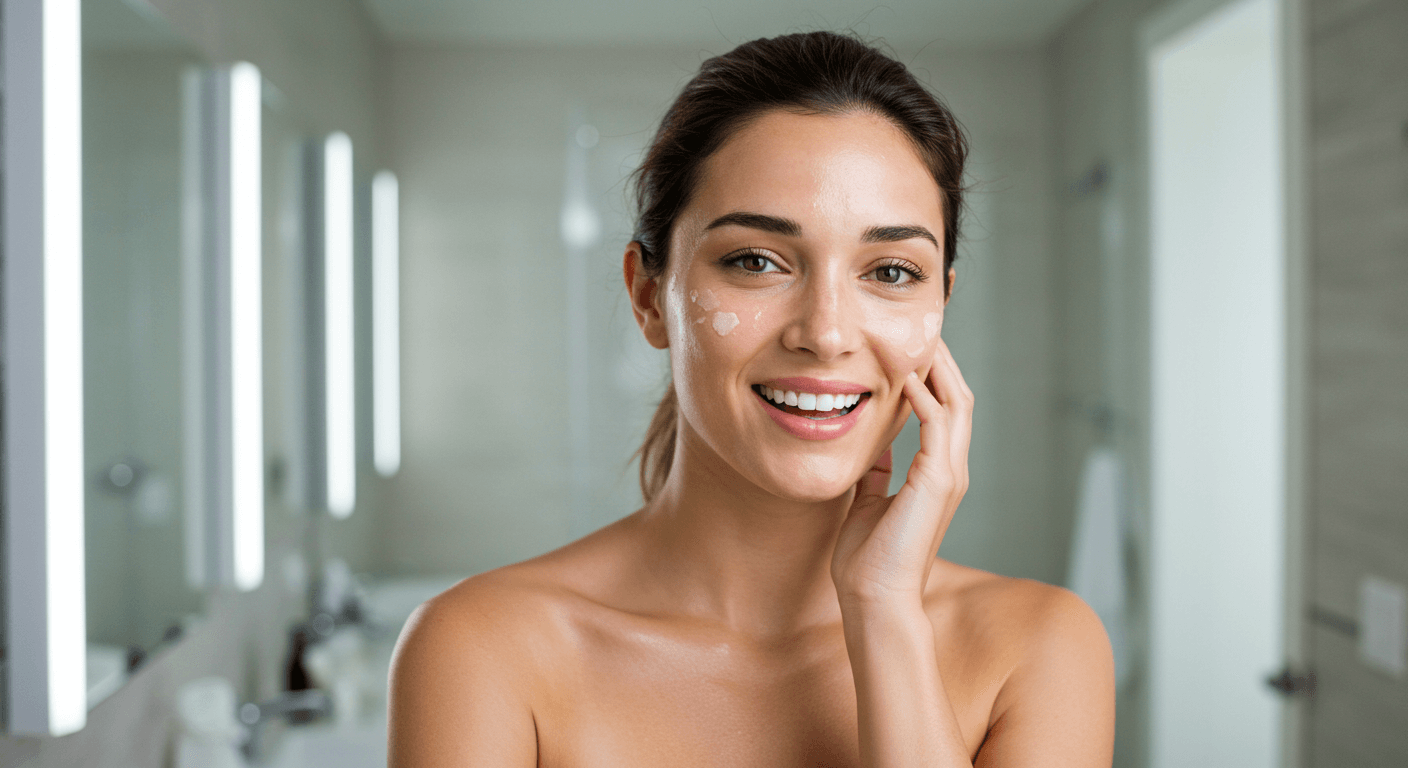





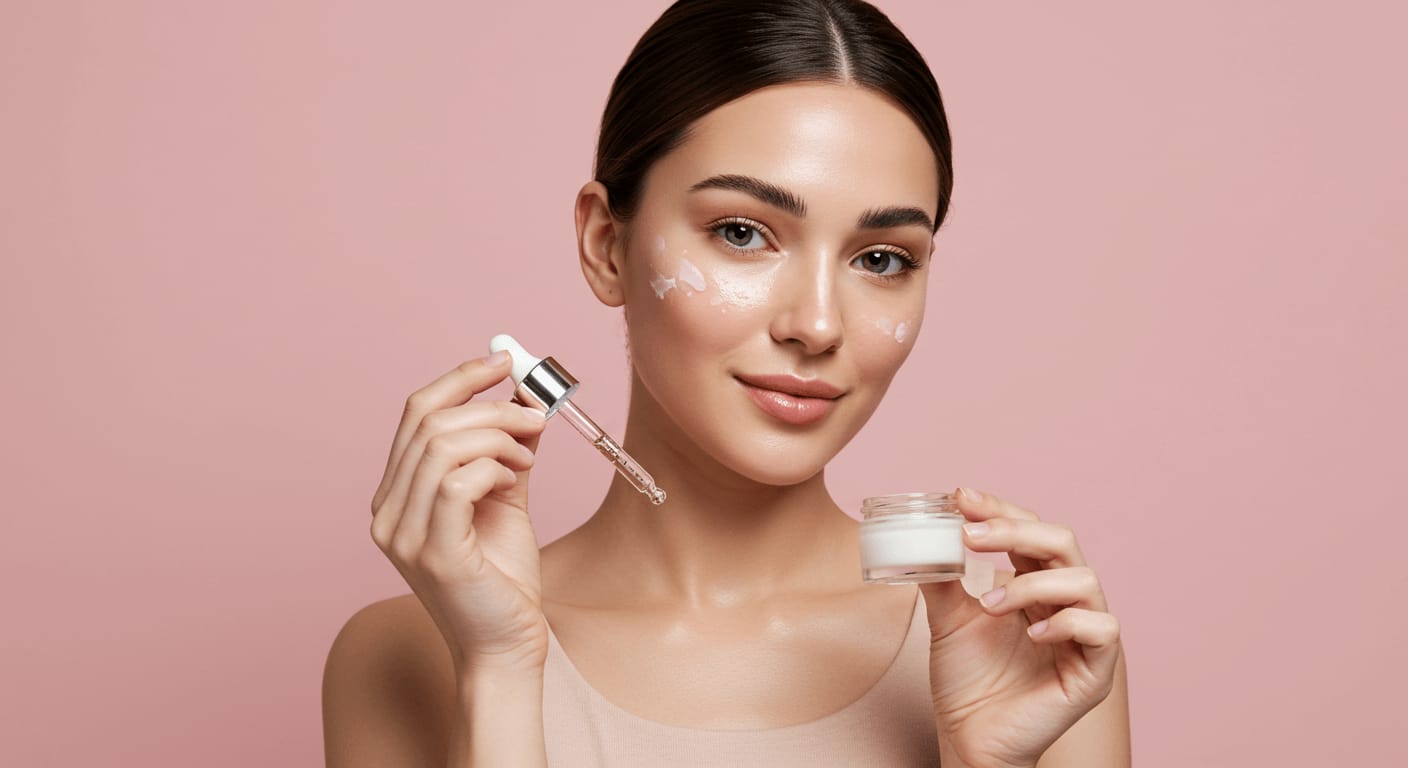

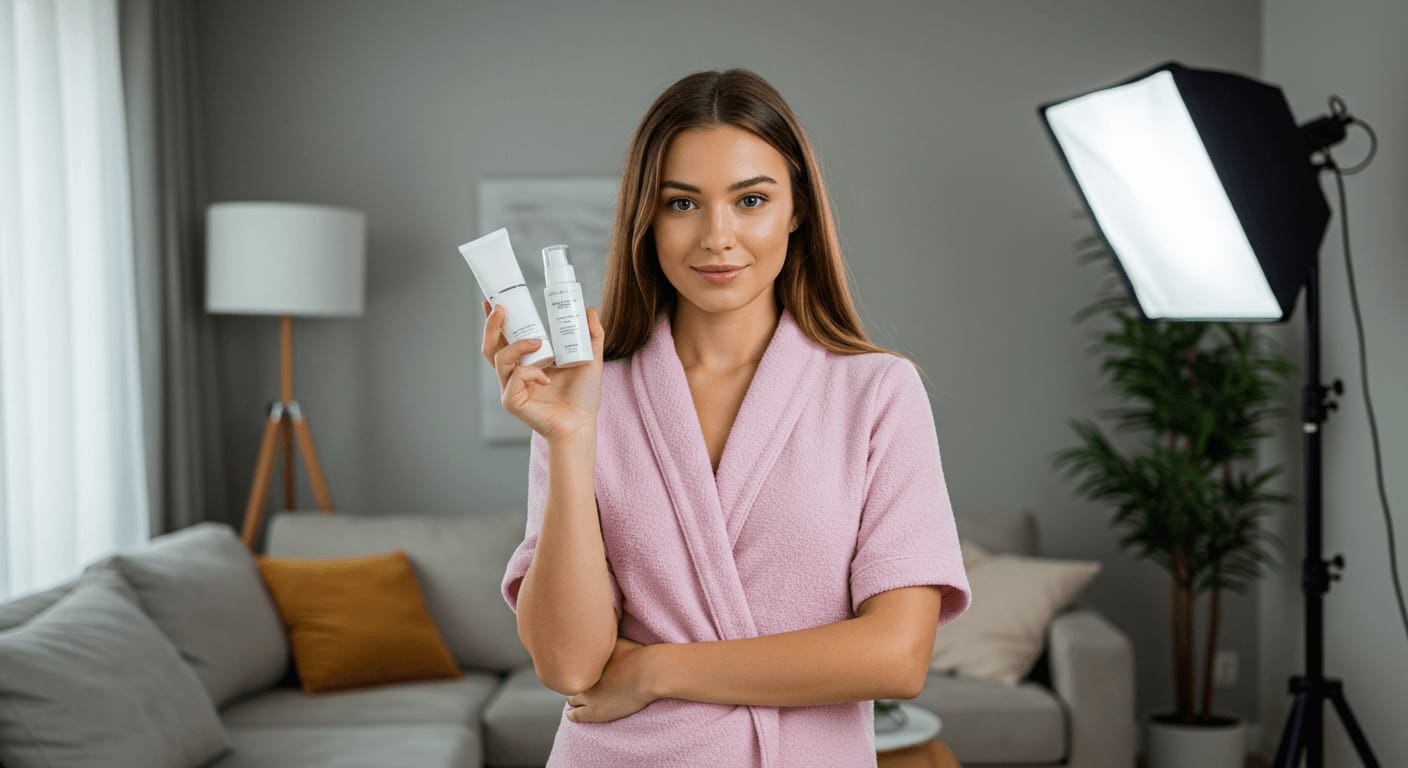



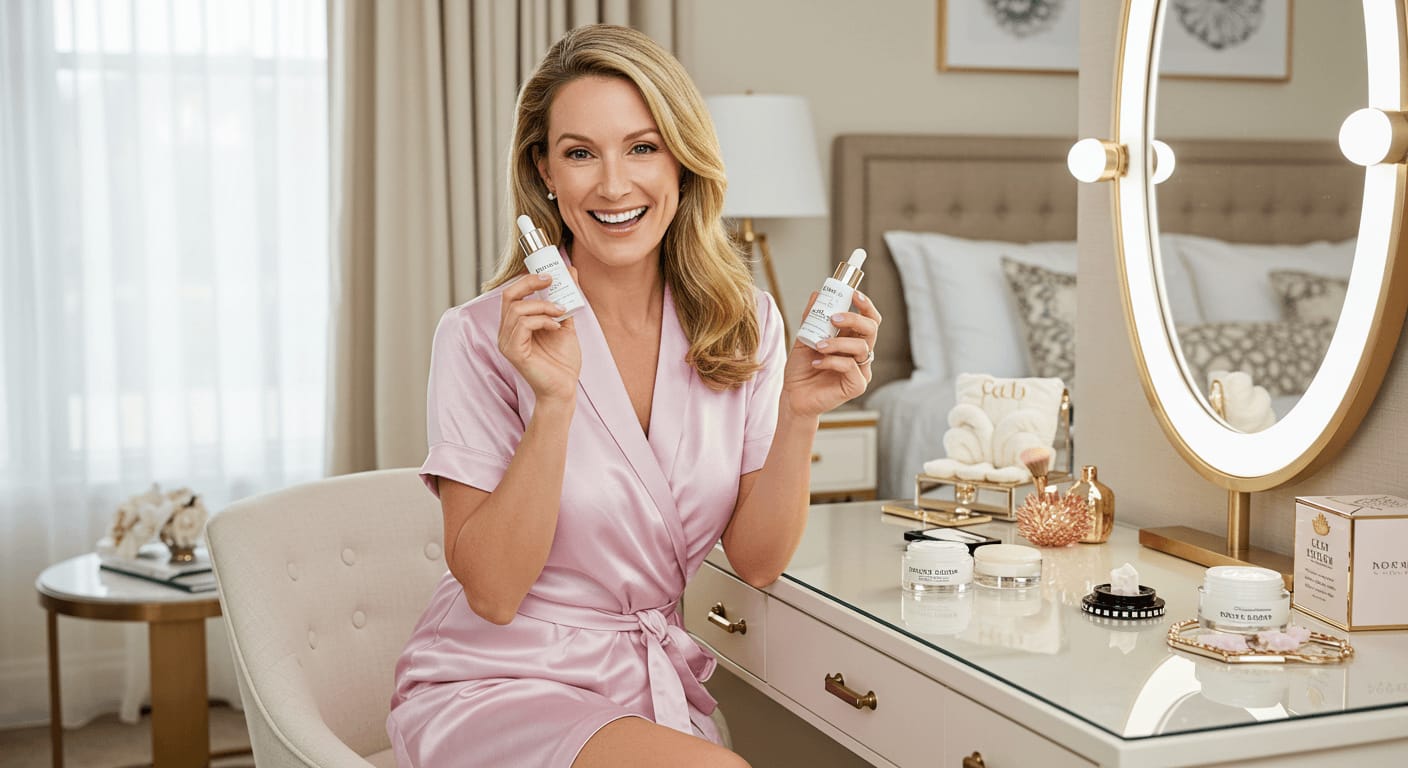



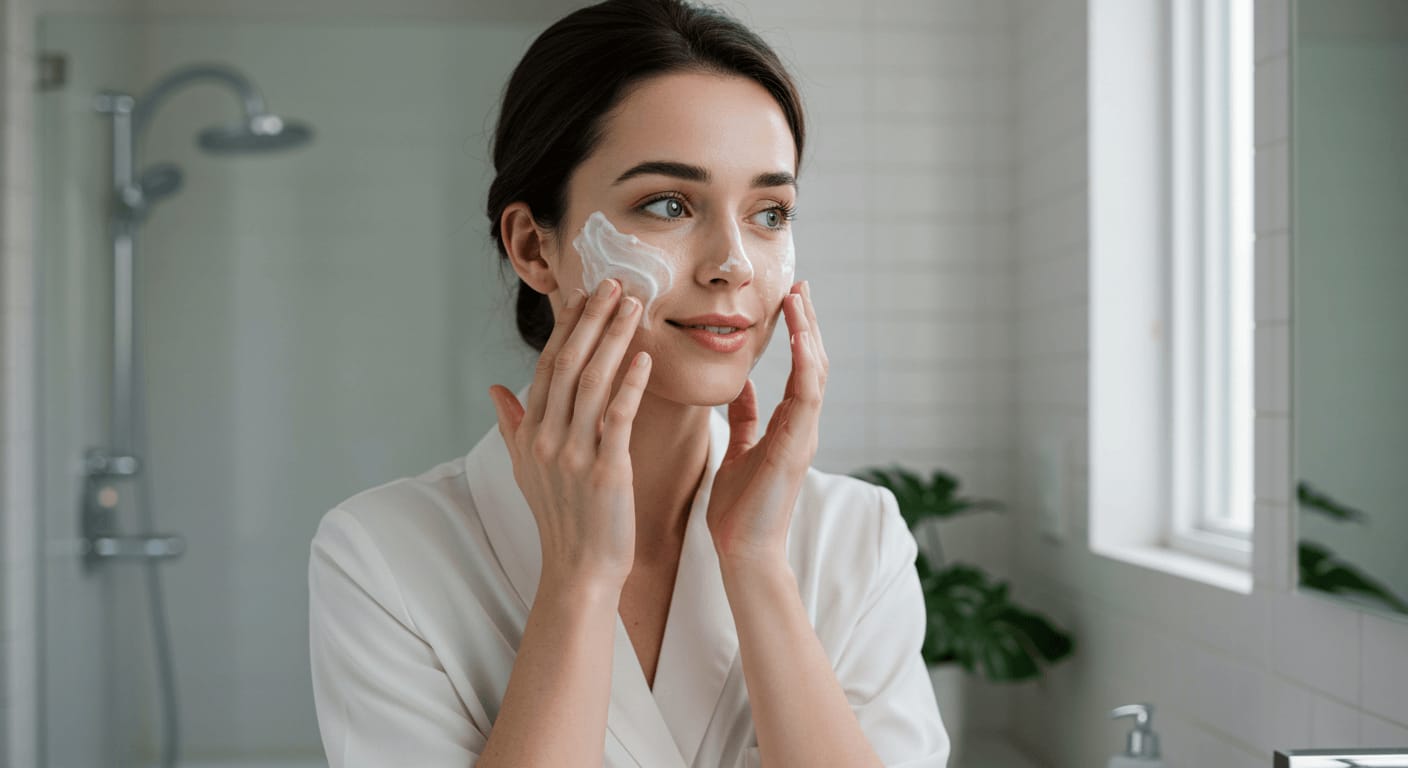







0 Comments
Trackbacks/Pingbacks